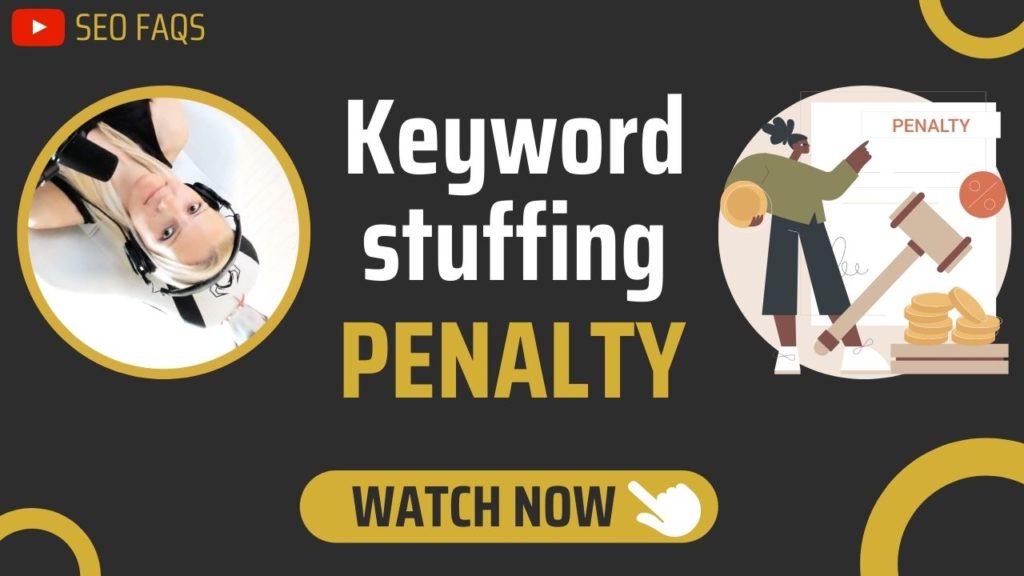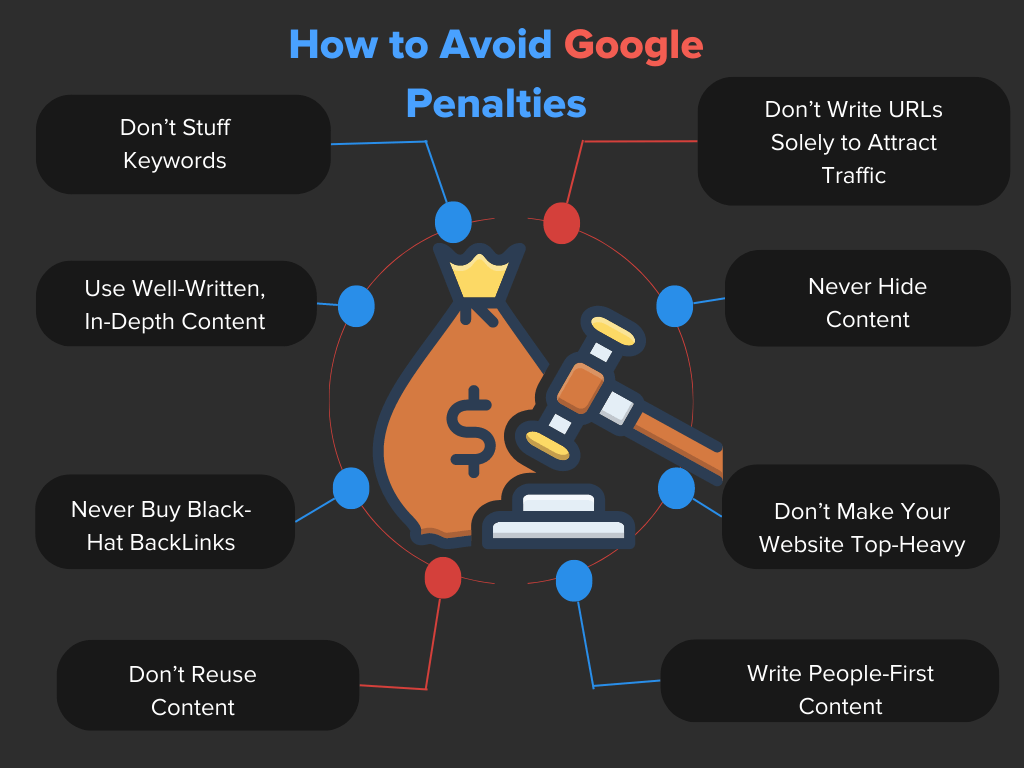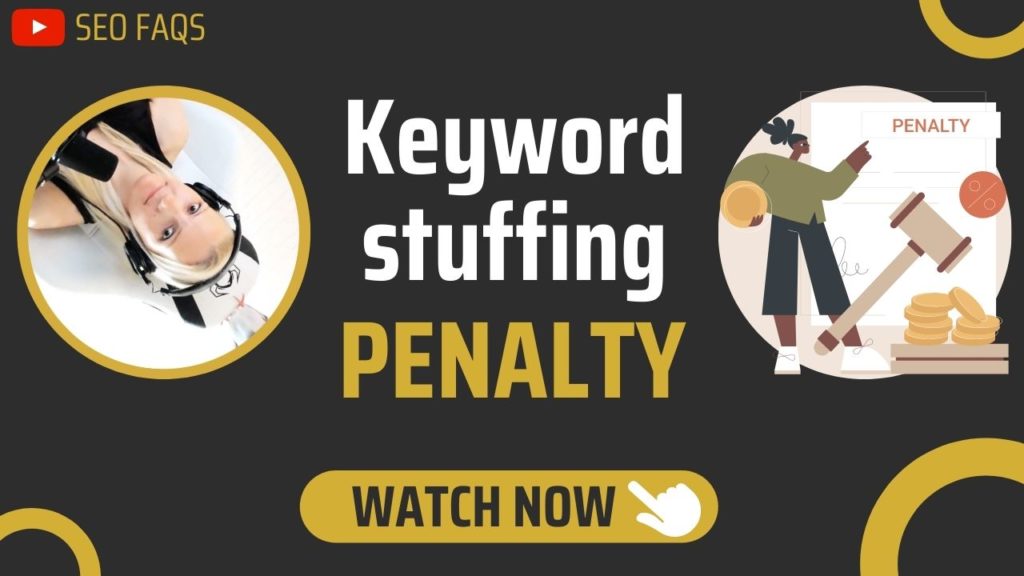Cloaking, a practice in which website content presented to search engines differs from what’s visible to users, poses significant risks to a site’s reputation and search engine visibility. Once a popular tactic for manipulating rankings, cloaking has become a red flag for search engine algorithms, notably Google’s. This article explores how such deception can severely affect Google indexing, leading not only to reduced rankings but also potential penalties that could harm a website’s credibility and traffic. By understanding the implications of cloaking, webmasters can safeguard their sites and align with best practices for transparent and ethical SEO.
The Impact of Cloaking on Google Indexing
Cloaking is a black-hat SEO practice that involves presenting different content or URLs to human users and search engine crawlers. This practice aims to manipulate search engine rankings by deceiving Google’s bots. While it might offer temporary gains in terms of visibility and traffic, cloaking is considered a serious violation of Google’s Webmaster Guidelines and can lead to severe penalties.
What is Cloaking in SEO?
Cloaking in SEO refers to the technique where a website serves different content to search engine spiders than it does to human visitors. For example, a site may display a page about gardening tools to search engines but show users an entirely unrelated page about beauty products to boost traffic for both keywords. This deceptive technique can mislead search engines into believing a site is more relevant for certain queries than it actually is.
How Google Detects Cloaking
Google tracks and detects cloaking through its sophisticated algorithms and manual reviews. It uses web crawlers that mimic human browsing environments to compare the content delivered to both bots and actual users. If discrepancies are found, Google may flag the site for cloaking. Moreover, reports from users and algorithmic patterns can also alerts Google to potential cloaking activities on a site.
Potential Penalties for Cloaking
Engaging in cloaking can lead to several severe penalties by Google, including demotions in search rankings or even complete removal from the Google index, which directly affects a site’s visibility and traffic. Once penalized, recovery is difficult, requiring thorough compliance with Google’s guidelines and a reconsideration request. The penalties aim to maintain search quality and integrity for users seeking information.
Legal Implications of Cloaking
In addition to SEO consequences, cloaking may have legal implications as it can be considered fraudulent activity or false advertising if the misrepresentation affects consumer trust or involves regulated industries. Businesses using cloaking tactics not only risk Google’s penalties but also potential legal actions if deemed misleading or deceptive under consumer protection laws.
Alternatives to Cloaking for SEO
Rather than resorting to cloaking, there are ethical SEO practices to improve search rankings and visibility. These include enhancing on-page SEO elements like optimizing keywords, creating high-quality, relevant content, improving user experience, and building credible backlinks. Using Google’s Webmaster Tools to follow their guidelines and access SEO resources can also help achieve sustained success without the risk of penalties.
| Aspect | Explanation |
|---|---|
| Cloaking Definition | A black-hat SEO tactic showing different content to users and search engines. |
| Detection Methods | Google uses algorithms and manual reviews to identify cloaking. |
| Potential Penalties | Search ranking demotions or complete removal from Google’s index. |
| Legal Implications | Possible legal actions due to deceitful representation or consumer protection violations. |
| Ethical Alternatives | Utilizing legitimate SEO practices like keyword optimization and quality content creation. |
Does Google penalize keyword stuffing?

Google does indeed penalize keyword stuffing. This outdated SEO technique involves overloading a webpage with specific keywords in an attempt to manipulate the site’s ranking in search results. Google’s algorithms are designed to provide the most relevant and high-quality content to users, and keyword stuffing can lead to a poor user experience, which goes against Google’s guidelines. As a result, pages engaging in this practice may see a drop in rankings or be removed from search results.
What is Keyword Stuffing?
Keyword stuffing is an SEO malpractice where excessive repetition of keywords is used in web content to manipulate search engine ranking:
- Definition: It involves the repetitive use of keywords or phrases in the content, meta tags, and alt attributes without providing real value to the reader.
- Examples: This can include lists of phone numbers without contextual information, same keyword phrases repeatedly, or blocks of text listing cities and regions without coherent context.
- Detection by Google: Google’s algorithms have become adept at detecting such unnatural and manipulative practices, thus creating the need for more authentic and engaging content strategies.
Google’s Penalty on Keyword Stuffing
Google enforces penalties on sites that use keyword stuffing because it diminishes the user experience and manipulates search results.
- Search Ranking Drops: Pages practicing keyword stuffing can experience significant drops in their search engine rankings.
- Complete Deindexing: In severe cases, Google may deindex the pages, removing them entirely from search results.
- Quality Guidelines Violation: It violates Google’s quality guidelines, which are designed to ensure relevant, user-friendly content in search results.
How to Avoid Keyword Stuffing
Creating valuable content that resonates with users and naturally incorporates keywords is key to avoiding keyword stuffing penalties.
- Focus on User Experience: Prioritize creating content that is informative, engaging, and valuable to the target audience rather than keyword-focused.
- Natural Keyword Integration: Integrate keywords seamlessly into the text where they fit naturally and contribute to the overall message.
- Content Variety and Depth: Develop content with varied sentence structures, synonyms, and related topics to naturally enrich the text and engage readers.
Why is cloaking not recommended by Google?

What is Cloaking?
Cloaking refers to the technique where a website displays different content to search engines and users. This method tries to manipulate search engine rankings by misleading algorithms.
- Search Engine Manipulation: The primary goal of cloaking is to manipulate search engines by making them believe that the page is about something different than it truly is, thereby aiming for a higher rank in search results for queries that are not relevant to the actual content.
- User Deception: When users click on a link expecting to see content related to their search query, they are instead presented with something completely different. This deception leads to a negative user experience.
- Violation of Guidelines: Cloaking is considered a violation of Google’s Webmaster Guidelines, which clearly state that content should be the same for both search engines and users.
Reasons Why Google Discourages Cloaking
Google’s primary aim is to deliver the most relevant and truthful content to its users. Cloaking undermines this objective in several ways:
- Misleading Information: When webmasters use cloaking, they can manipulate the content that search engines index, leading to search engine results that do not accurately represent the content a user finds when visiting the page.
- Unfair Advantage: It gives websites that engage in cloaking an unfair advantage over those that follow ethical SEO practices. This disrupts the integrity of the search engine algorithm.
- Quality of Search Results: Cloaking can significantly degrade the quality of search results. Users expect to find information that aligns with their search queries, but cloaking can lead to irrelevant results, wasting users’ time and diminishing trust in search engines.
Consequences of Cloaking for Websites
Utilizing cloaking can result in severe penalties from Google, affecting a website’s credibility and visibility online. Some of the consequences include:
- Search Ranking Penalties: Google may apply penalties to websites that are caught cloaking, which can considerably lower their search engine rankings, leading to a substantial decrease in organic traffic.
- Complete Removal from Index: In severe cases, Google might remove offending websites entirely from its search index, which can devastate the site’s online presence and traffic.
- Loss of Trust: Users who are deceived by cloaked content may lose trust in the website, leading to reduced brand credibility and lower engagement levels.
How does Google detect cloaking?

Google employs a variety of methods to detect cloaking, which is the practice of serving different content to search engine bots than what is provided to human users. This practice violates Google’s webmaster guidelines because it manipulates search engine rankings and can potentially mislead users.
Using Googlebot for Detection
Google uses its own search engine crawler, Googlebot, which is instrumental in detecting cloaking by assessing discrepancies between what is seen by the bot and what is delivered to human users.
- Comparison of Bot and User Views: Googlebot visits websites and compares the content it receives with what is shown to regular users. Discrepancies can indicate cloaking.
- Multiple Crawling Techniques: Google might deploy multiple versions of its bot, or randomize its actions to mimic a variety of user behaviors, making cloaking harder to implement.
- Simulating User Behavior: To further enhance detection, Googlebot can simulate human behavior, examining how a website behaves with different user interactions.
Analyzing Technical Patterns
Technical analysis allows Google to pinpoint configurations and setups often associated with cloaking practices.
- IP Delivery Patterns: By analyzing server responses to requests from different IP addresses, Google can detect if different content is being served to its bot versus human users.
- User-Agent Discrepancies: Google investigates if different User-Agent strings lead to varied content delivery, identifying deceptive practices.
- Monitoring Changes and Versions: Regular content updates are monitored for significant and unnatural differences in content versions over short periods.
User Feedback and Manual Reviews
In addition to automated methods, Google also relies on user reports and manual reviews to identify suspicious activity.
- User Reports: Feedback from users who encounter mismatches between search results and actual web content can alert Google to potential cloaking.
- Manual Spam Reviews: Google’s team conducts manual checks if automated signals or user reports raise concerns about cloaking tactics.
- Use of Quality Raters: Google employs quality raters to assess the quality and relevance of web content, providing additional checks against cloaking activities.
How can I avoid Google penalties?

Understanding Google’s Guidelines
To effectively avoid Google penalties, it’s essential first to comprehend Google’s guidelines. Google’s Webmaster Guidelines are a set of best practices for webmasters to follow, primarily focusing on ensuring a positive user experience.
- Read the Guidelines Thoroughly: Familiarize yourself with Google’s official documentation. Understanding the expectations helps prevent unintentional rule-breaking.
- Stay Updated: Google’s algorithms and guidelines are frequently updated, so staying informed on the latest changes is crucial.
- Consult Google’s Blog and Resources: Utilize resources like the Google Webmaster Blog to receive direct updates from Google about changes and best practices.
Practicing Ethical SEO
Incorporating ethical SEO practices is crucial for maintaining a healthy relationship with Google and ensuring that your site remains penalty-free.
- Avoid Keyword Stuffing: Use keywords naturally within the content to ensure readability and relevance, steering clear of stuffing them excessively.
- Create Quality Content: Focus on generating valuable, unique, and engaging content that provides real value to users.
- Build Natural Backlinks: Strive to gain backlinks organically through high-quality content instead of participating in link schemes or buying links.
Monitoring and Analyzing Site Performance
Regular monitoring of your website’s performance is key to preemptively catching issues that could lead to penalties.
- Use Google Search Console: Regularly check Google Search Console for warnings, manual action alerts, or penalties communicated by Google.
- Conduct Regular Audits: Perform audits to ensure your site’s technical SEO health, looking for broken links, duplicate content, or site errors.
- Analyze Traffic Patterns: Keep an eye on sudden traffic drops using analytics tools, which might indicate potential penalties or site issues.
Frequently Asked Questions
What is cloaking in the context of SEO?
Cloaking in SEO refers to the practice of presenting different content or URLs to search engines and users. Websites might use cloaking to make their pages rank more favorably on search engine results pages (SERPs) while displaying different or unrelated content to users. This manipulation is done by identifying whether a request is coming from a search engine’s crawler or a human visitor. If it detects a crawler, it serves content designed to enhance indexing, whereas human visitors see a different version. This practice is considered a violation of Google’s Webmaster Guidelines because it aims to deceive search engines.
Why does Google penalize cloaking?
Google penalizes cloaking because it undermines the search engine’s primary goal of providing users with the most relevant and accurate results for their queries. When websites employ cloaking, they present a curated version of their content that only search engines can view, potentially leading to misleading and irrelevant search results. This impacts user experience as visitors may land on pages that do not deliver the promised information or value. To maintain the integrity and quality of search results, Google takes action against sites that use cloaking by reducing their rankings or removing them entirely from the index.
How can cloaking affect your website’s indexing?
If a website employs cloaking, it can significantly impact its indexing by search engines. When Google’s crawlers encounter cloaked content, they classify it as a violation of guidelines, triggering scrutiny or automatic penalties. Cloaked pages may still appear indexed initially, but once detected, they risk being de-indexed or their site’s overall ranking can be severely reduced. Moreover, once penalized, recovering the website’s previous rankings requires corrective actions and a potential reconsideration request submission, which can be a lengthy process.
What are some examples of cloaking practices?
Cloaking can take various forms, with some common examples including displaying a simplified version of a webpage to search engines that is rich in keywords, while users see a much more graphic-heavy page with fewer keywords. Another instance is showing one set of content to search engines, like HTML text, which might only be a list of search terms, whereas human visitors see Flash or JavaScript-driven content. These tactics are designed to manipulate how a search engine interprets the content’s relevance and meet ranking criteria without offering the promised information or experience to actual visitors.

